It is great to see increasing interest in and awareness for giraffe and their plight in the international media. At the same time, GCF and partners continue to work hard on turning this alarming trend around. While there is a lot of doom and gloom released on the future of giraffe in Africa, we prefer to let our actions talk, highlight conservation successes and build on our amazing partnerships throughout Africa. To keep updated on our important work, follow us on Facebook, Twitter and visit our website, where we post regular update reports on our programmes and initiatives.
GCF Annual Report 2016/17

World Giraffe Day – 21 June 2017
Only one month to go! For this year’s WGD we are increasing awareness for and raising funding to save Masai giraffe in Kenya and Tanzania. Join us in celebrating these amazing animals. Masai giraffe numbers have dropped by over 50% in the last 30 years and it is time we curb this trend.
To ‘wear’ your support for giraffe on WGD, order your t-shirt NOW! The GCF Online Shop offers an amazing new range of apparel and other merchandise designed by our creative partner Animalia Collective. Your purchase directly supports our conservation work throughout Africa.
 Reticulated Giraffe Conservation in Kenya
Reticulated Giraffe Conservation in Kenya
Preparations are well under way for a large conservation effort to better understand and conserve reticulated giraffe in northern Kenya. Supported by World Giraffe Day 2016 funding, GCF is working closely with San Diego Zoo Global, Kenya Wildlife Service, Lewa Wildlife Conservancy, Loisaba Conservancy, Northern Rangeland Trust, The Nature Conservancy and local communities in Kenya to learn more about these gentle giants and support their long-term future in the wild. Stay tuned for more information about this exciting initiative shortly. as our team will be on the ground over the next month to fit new GPS satellite units to several reticulated giraffe in northern Kenya.
East Africa Programme Update
In mid-2016, GCF opened an East African office, based in Nairobi, to better support giraffe conservation initiatives in the region by establishing a regional base. The efforts focus on collaborations with government institutions, private stakeholders and local and international NGOs. The region is critical for the long-term survival of wild populations of giraffe as it is home to three distinct species of giraffe: Masai giraffe (Giraffa tippelskirchi), reticulated giraffe (Giraffa reticulata) and Nubian giraffe (Giraffa camelopardalis camelopardalis). Read more about this exciting initiative towards conserving the three species in the region.

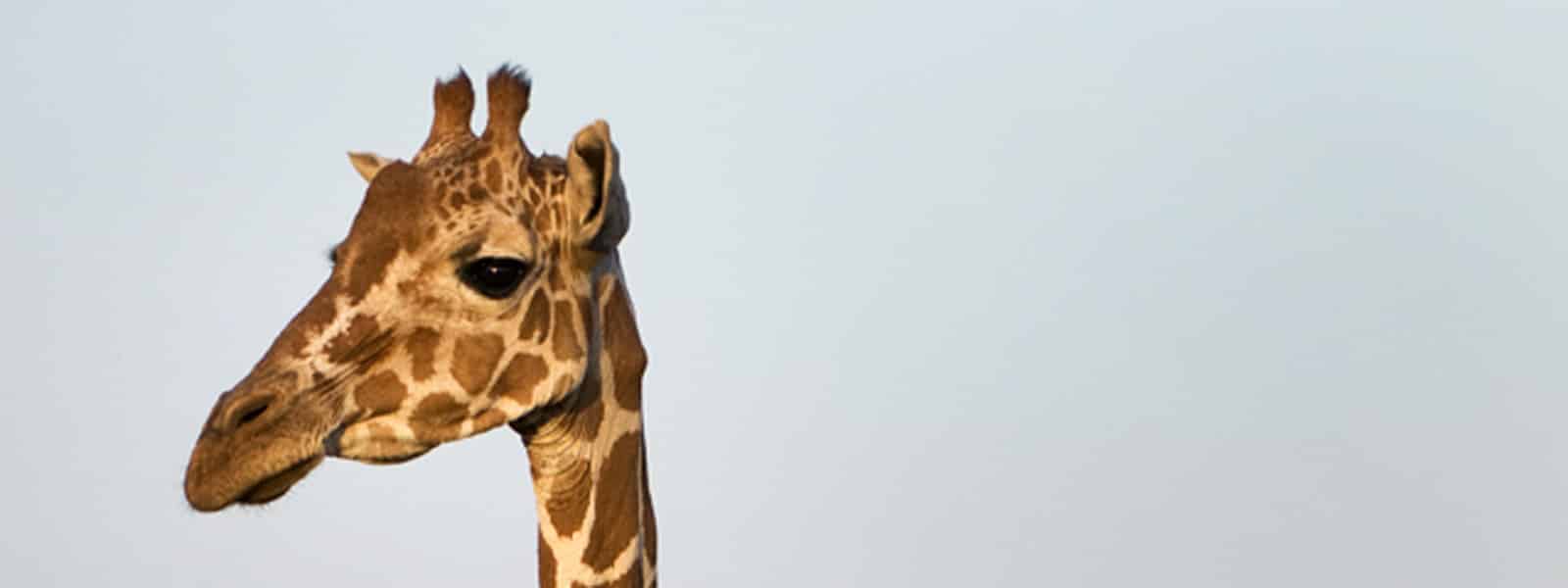
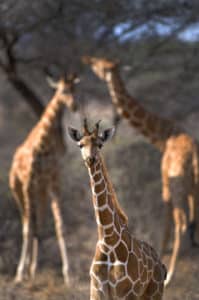 Reticulated Giraffe Conservation in Kenya
Reticulated Giraffe Conservation in Kenya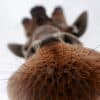
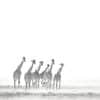


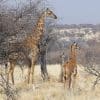

What do we know about the purpose of ossicones. Could they be ‘lightning conductors’ ? Male ones are often rubbed clear of fur, female ones aren’t. Fur being fine points would tend to dissipate electric charge into the air, whereas male ossicones often have bare bony smooth surfaces which would be much less effective.
Giraffs are sometimes killed by lightning: is the ratio of male/female victims fifty fifty?
Something as evident as ossicones must have an evolutionary purpose: do they protect or influence the likelihood of lightning strike? Do we know?
Hi Herbert, great question. Male giraffe use their ossicones for fighting. They grow bigger over time and add weight to their heads. They might also have a function in thermo-regulation. Probably unlikely a lightning conductor though …